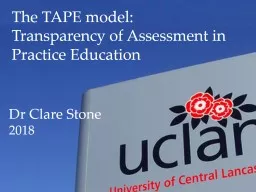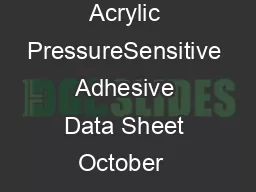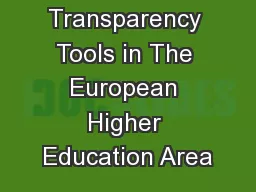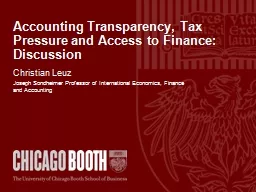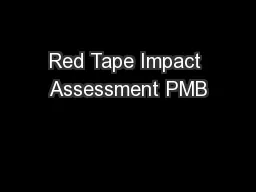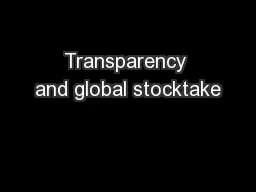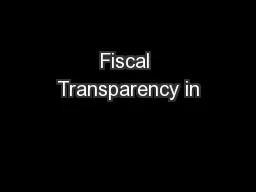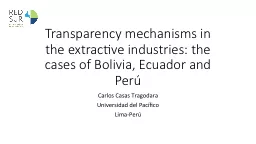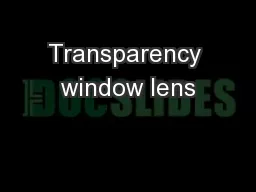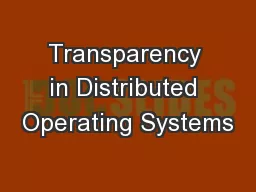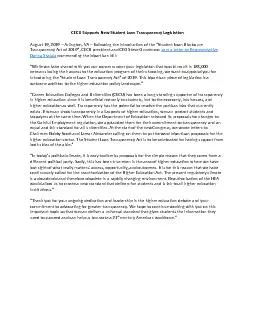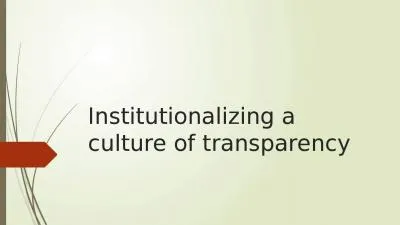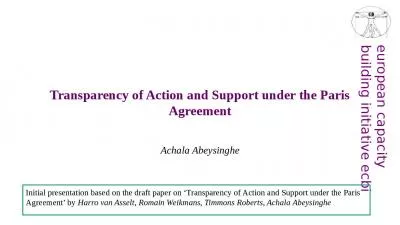PPT-The TAPE model: Transparency of Assessment in Practice Education
Author : kittie-lecroy | Published Date : 2019-12-06
The TAPE model Transparency of Assessment in Practice Education Dr Clare Stone 2018 Final year social work students My experiences of being supervised by a practice
Presentation Embed Code
Download Presentation
Download Presentation The PPT/PDF document "The TAPE model: Transparency of Assessme..." is the property of its rightful owner. Permission is granted to download and print the materials on this website for personal, non-commercial use only, and to display it on your personal computer provided you do not modify the materials and that you retain all copyright notices contained in the materials. By downloading content from our website, you accept the terms of this agreement.
The TAPE model: Transparency of Assessment in Practice Education: Transcript
Download Rules Of Document
"The TAPE model: Transparency of Assessment in Practice Education"The content belongs to its owner. You may download and print it for personal use, without modification, and keep all copyright notices. By downloading, you agree to these terms.
Related Documents

